Cylinder
A cylinder is a three-dimensional shape that has two parallel circular bases and a curved surface connecting the bases. The distance between the two circular bases is the height of the cylinder. The formula for the volume of a cylinder is V = πr2h, where V is the volume, π is a constant approximately equal to 3.14159, r is the radius of the base, and h is the height of the cylinder. The formula for the surface area of a cylinder is A = 2πr2 + 2πrh, where A is the surface area, π is the constant, r is the radius of the base, and h is the height of the cylinder.
For example, if a cylinder has a radius of 5 units and a height of 10 units, the volume would be V = 3.14159 * 52 * 10 = 785.398 units3, and the surface area would be A = 2 * 3.14159 * 52 + 2 * 3.14159 * 5 * 10 = 314.159 units2 + 314.159 units2 = 628.318 units2.
Overall, a cylinder is a geometric shape with distinct mathematical properties that are useful in various mathematical and real-world applications.
.◂Math Worksheets and Study Guides Second Grade. Fractions Greater Than or Less Than 1/2
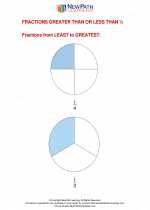
 Worksheet/Answer key
Worksheet/Answer key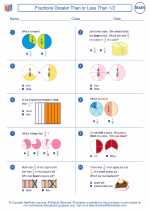
 Worksheet/Answer key
Worksheet/Answer key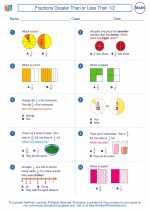
 Worksheet/Answer key
Worksheet/Answer key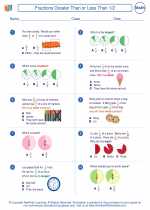
 Worksheet/Answer key
Worksheet/Answer key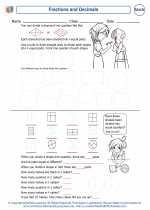
 Worksheet/Answer key
Worksheet/Answer key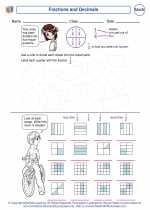
 Vocabulary/Answer key
Vocabulary/Answer key
